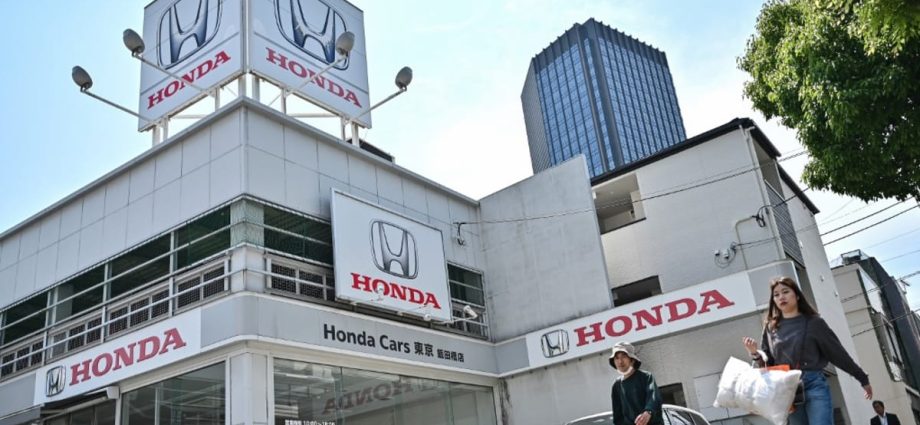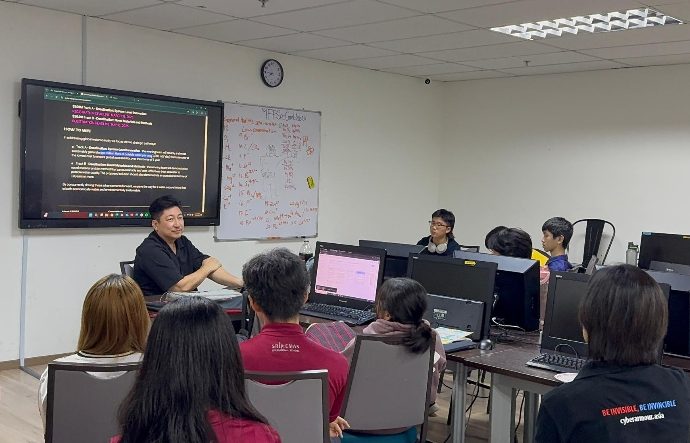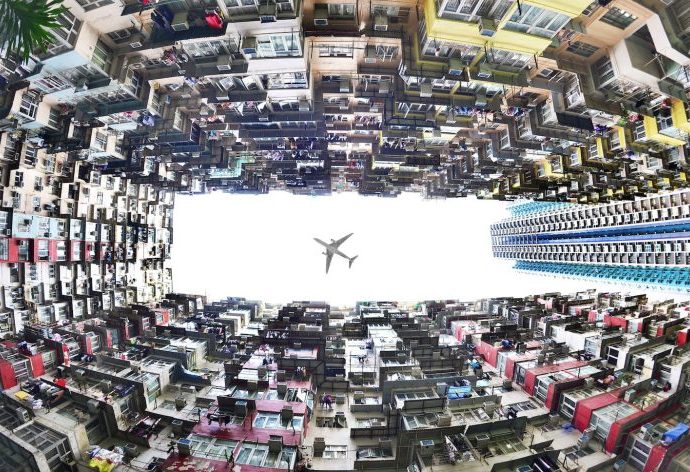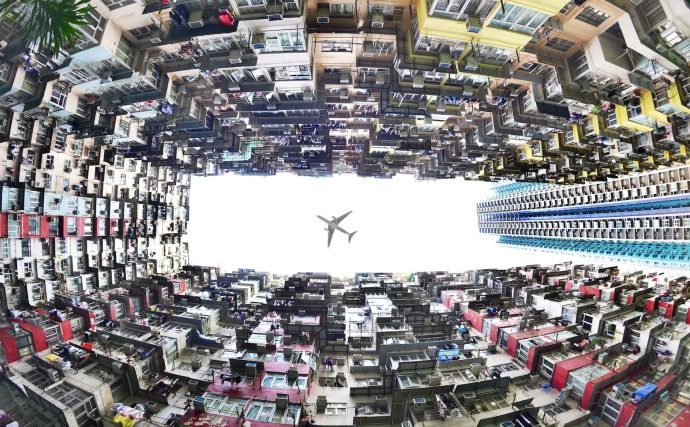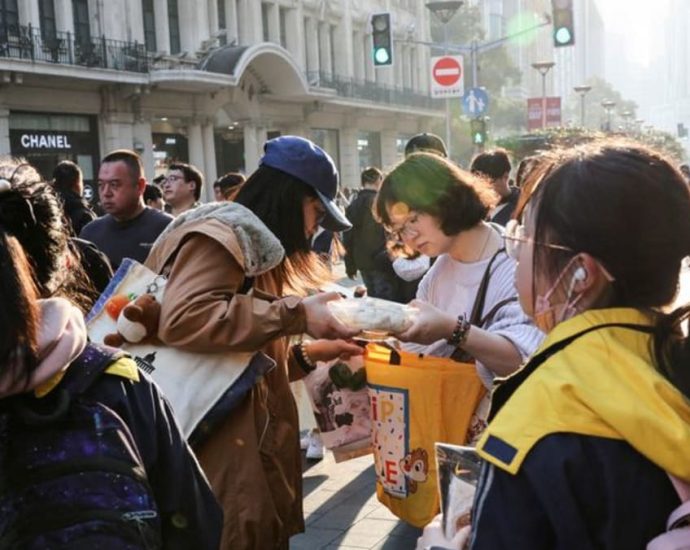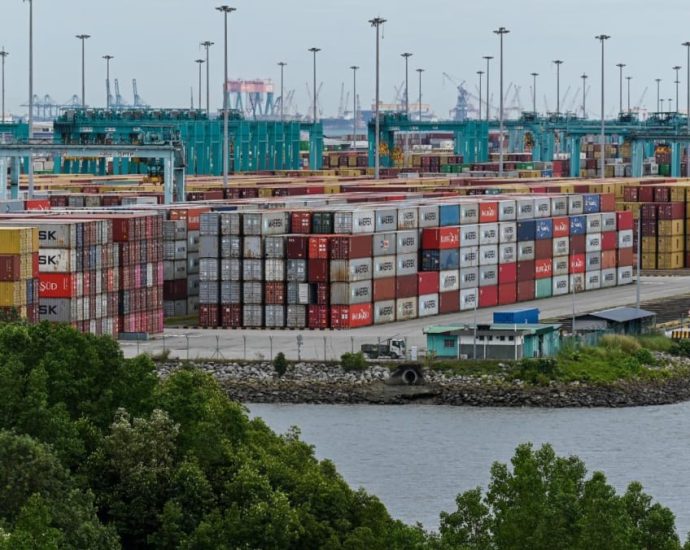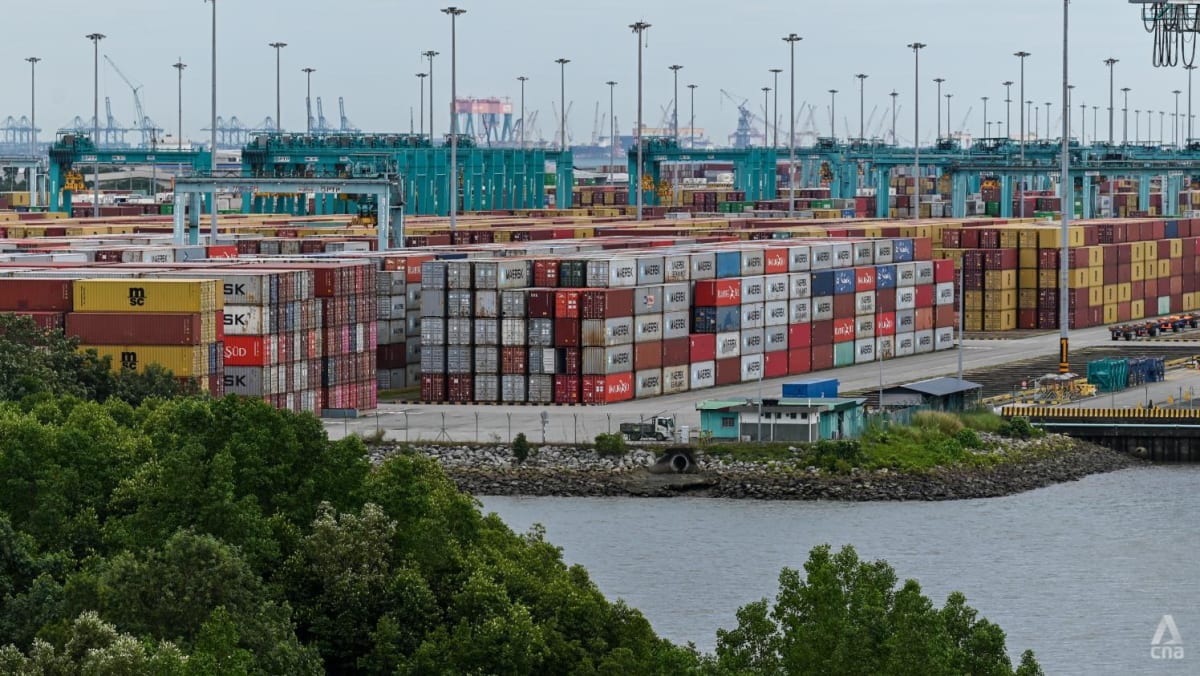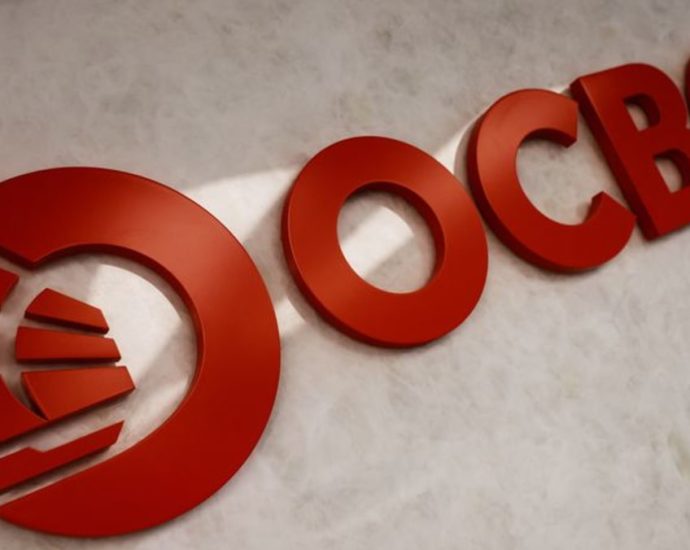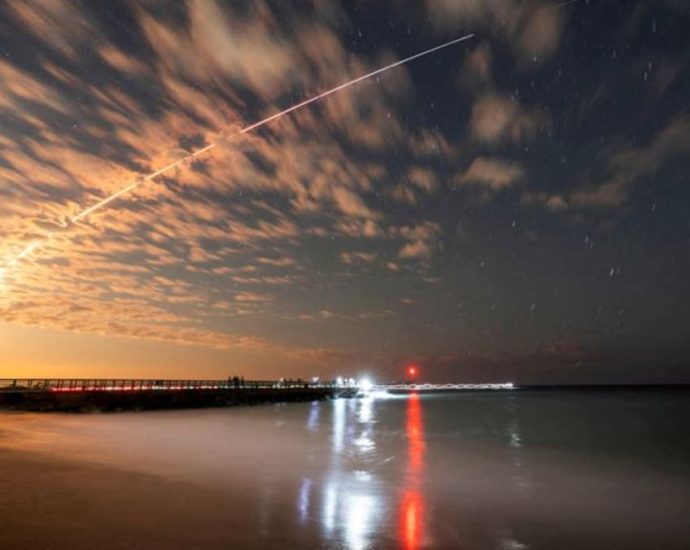Honda forecasts 70% net profit drop citing ‘tariff impact’
As a result of US trade tariffs ‘ impact on the global auto industry, Japanese automaker Honda Motor predicted a 70 % decline in net profit for the 2025-26 financial year on Tuesday ( May 13 ). The announcement comes after foe Toyota, the top-selling car manufacturer in the world,Continue Reading

